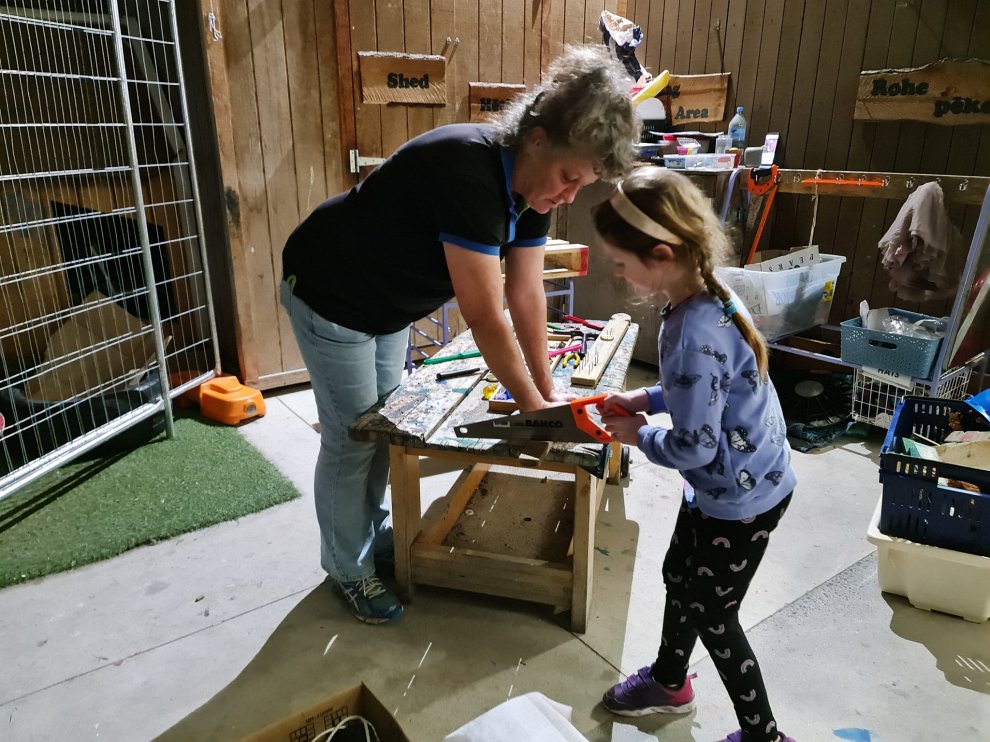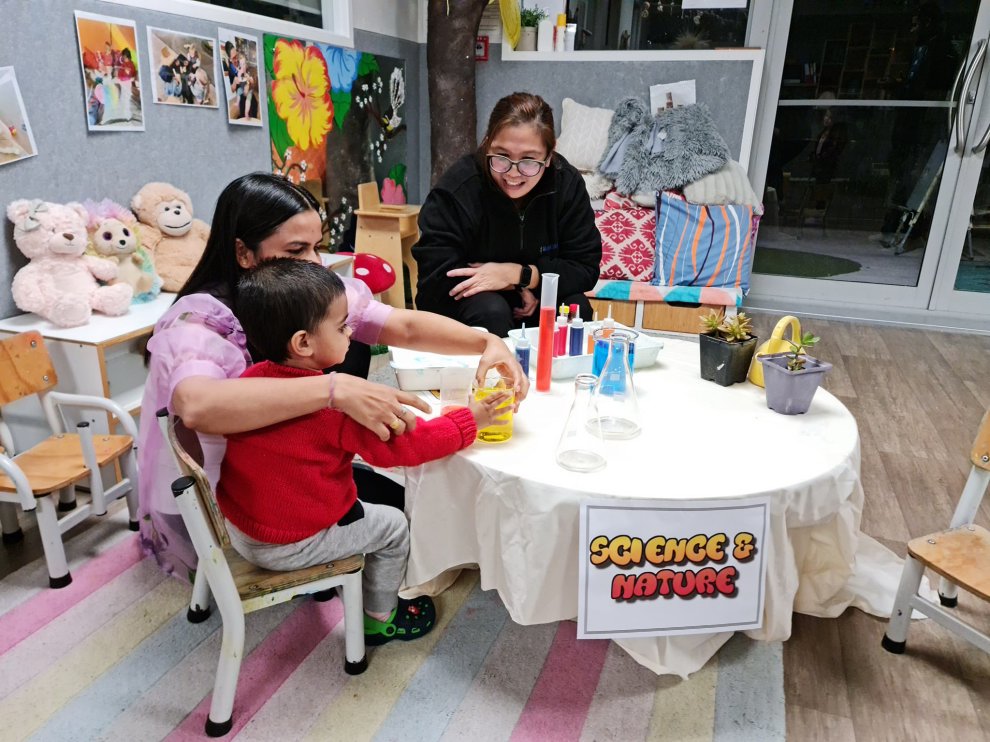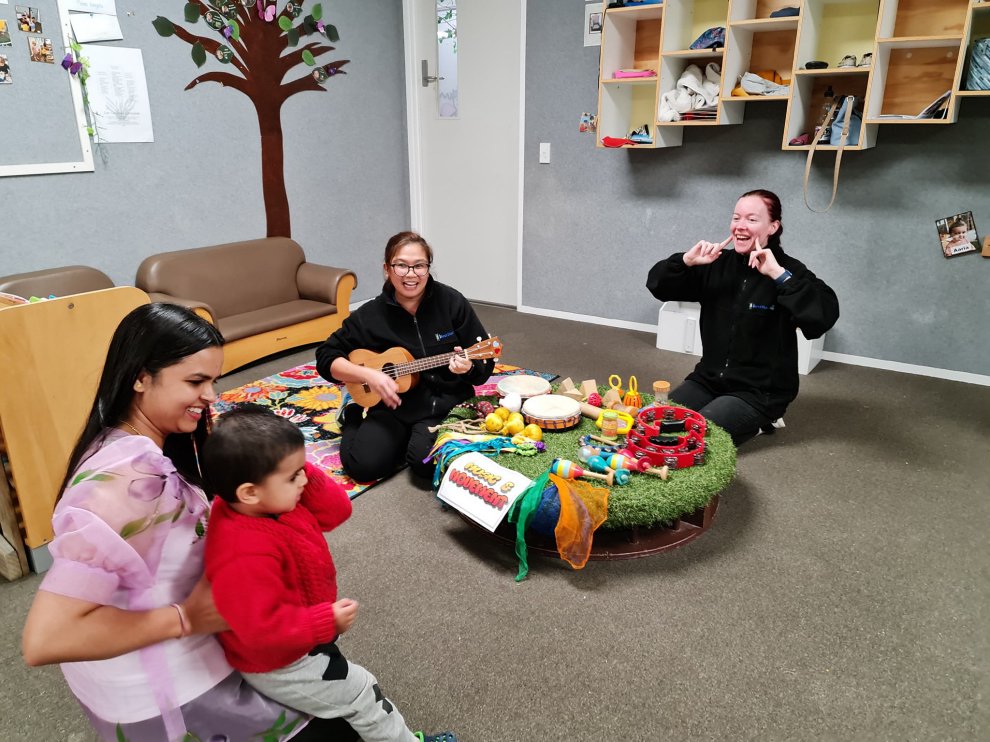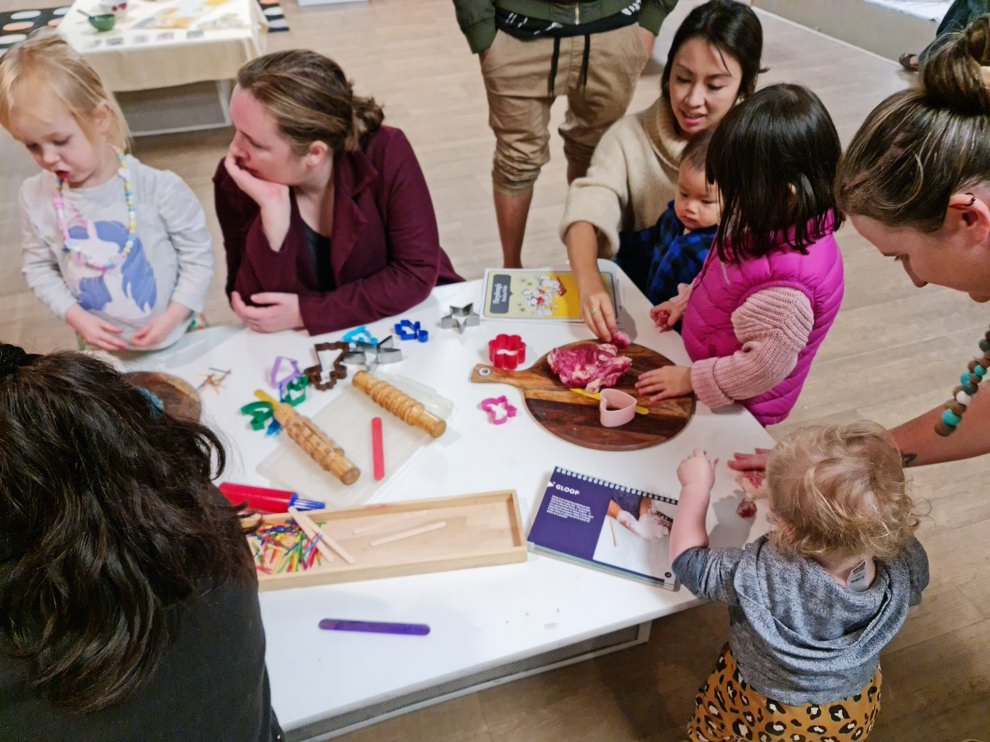LATEST STORIES
Stay N Play
Best Start Pyes Pa are currently reviewing how our current teaching practices and planning reflect the importance of how we implement a play-based curriculum founded on child initiated learning. As part of our centre wide inquiry, we decided to hold a STAY AND PLAY evening for our whānau to come and see the 16 areas of play in action and what learning occurs during play. The 16 Areas of Play include: *Science and Nature Science and nature play provides children with opportunities to explore their ideas about the natural world and learn about the world around them. This sort of play encourages children to develop their curiosity, ask questions, investigate their environment and learn about ways to find answers.
*Uku (Clay) and Playdough Playdough and clay are both safe and soothing materials and very satisfying for children to play with. They provide children with a great sense of security and many opportunities to be creative and expressive and learn about texture, shape and form.
*Collage Collage is an art experience where children create patterns and images by combining different pieces of material onto a surface to make their own work of art. Children develop their self-expression and creativity as they choose what material to use and how to create their own thoughtful designs.
*Blocks Blocks are a valuable learning resource providing many opportunities for children to create and express their ideas. Within this play, and with adult support, children explore ideas about maths, science, technology, language, art and develop their thinking skills.
*Puzzles Puzzles come in many shapes, sizes and forms. They support children in problem-solving while they learn about colours, shapes, numbers, letters and many other concepts.
*Sensory baskets Sensory play allows children to touch, explore and be creative with a variety of materials. Often used as a learning resource for infants and toddlers, sensory play is also engaging for our oldest pre-schoolers.
*Family/Dramatic Play Children love to pretend. Whether it’s looking after a baby, making dinner for the family or fixing a problem in the house – when children are pretending to be anything they know and have observed in their daily lives this is what we call family or dramatic play.
*Carpentry Carpentry play gives children the opportunity to learn to design and build things while developing a wide range of physical and thinking skills. The learning taking place often relates to maths, science, technology and sculptural art.
*Messy Play Messy play provides children with a wide range of sensory experiences that help them learn about different textures and materials. Children often find these experiences very relaxing.
*Music and Dance Most cultures have some form of expressive music and dance so it’s only natural that they’re part of our play curriculum.
*Manipulative Resources Manipulative play is play with things that children can move, screw, click together, order or make patterns with. Children learn to control their actions and gain confidence in manipulating objects to suit their needs.
*Water Water is a resource that is important to our communities and is part of our children’s everyday life. It is often soothing and fun for children, so is a medium for learning that they are naturally drawn to from a very young age.
*Storytelling/Books/Props Books and storytelling are key areas of play that support children with listening, speaking, reading, and writing. There are many engaging ways to support children’s learning that will help them to be confident readers and writers.
*Sand Every early childhood centre has a sandpit. Children just love sand. It’s easy for them to manipulate and they enjoy exploring it in so many ways.
*Painting and Drawing Painting and drawing is such a satisfying learning experience for young children – through painting they express their feelings, experience, heighten their thinking skills and develop their fine motor skills.
*Pyhsically Active Play Being physically active is an important part of children’s growth and development. It supports them to gain control of their bodies and grow in confidence. They learn that physical activity feels good and helps release tension which is great for their wellbeing.
Learning through play is a pedagogical approach where play is the valued mode of learning – where children can explore, experiment, discover, and solve problems in imaginative and playful ways. Learning through play is also called play-based learning. We had a wonderful turn out for an interactive, fun, informative evening.
"Play is the highest form of research" - Albert Einstein






